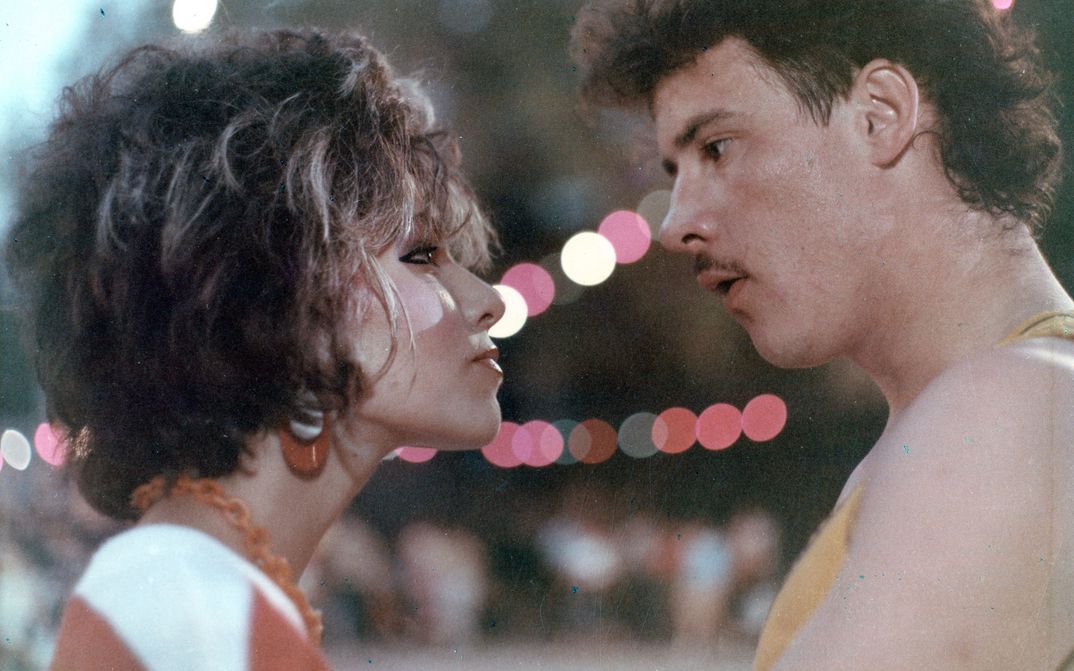Youth, Awakening and Resistance in Soviet Cinema – Thaw and Perestroika

Across the seven decades of Soviet totalitarian rule, the Thaw era (around 1956–1968) and Perestroika (1986–1991) can both be seen as historical turning points that were characterized by attempts at liberalization. It’s no coincidence that young filmmakers in particular emerged in these phases, bravely taking direct grasp of the new freedoms they offered to give their generation a voice. The film program “Youth, Awakening and Resistance in Soviet Cinema – Thaw and Perestroika” places 23 selected films from both historical periods into dialogue with one another that were shot predominantly by young filmmakers and embody youthful perspectives.
Thanks to a more forgiving attitude on the part of the censors during these two periods, a space for aesthetic experiments, individualistic perspectives and critical approaches was briefly established. The cinema of the Thaw Era expressed criticism of the Russia-dominated and -oriented policies of the Soviet Union (such as in Giorgobistve / Falling Leaves) as well as of a domestic policy that disregarded the interests of the individual (Dobro pozhalovat, ili Postoronnim vkhod vospreshchyon / Welcome, or No Trespassing). At the same time, several of the Thaw films examined the traumas of the Second World War (Mne dvadtsat let / I Am Twenty, Barev, yes em / Hello, That’s Me!) and the conflict between the generations from the perspective of individual people and their fates. Tini zabutykh predkiv / Shadows of Forgotten Ancestors and Chelovek idyot za solntsem / Sandu Follows the Sun revolutionized the aesthetic and narrative models of the narrative feature with youthful courage and determination.
While the films of the Thaw area were still marked by a belief in personal development and a Communist future free of restriction and social injustice, the works made during Perestroika feel more like a disillusioned admission of failure as the Soviet experiment was coming to an end. In the last years of the 80s, the younger generation rebelled against the world of adults, who had betrayed their own ideals and become resigned to living with double standards (Malenkaya Vera / Little Vera, KUKOLKA / A Little Doll, ai viegli būt jaunam?/ Is It Easy to Be Young?). The directors made unflinching criticisms of society (Patsany / Boys, Naerata ometi / Games for Schoolchildren) and experimented with cinematic genres and forms (IGLA / The Needle). The musical subculture always served as a place of refuge and learning for independent action (ROK / Rock, IJA-HHA).
The program observes these films within a historical context. At the same time, before the background of today’s hegemonial demands and the war that Russia, successor state of the USSR, is currently waging on Ukraine, it also asks what effect private disobedience and the cultural underground can have in the face of totalitarian power structures. And last but not least, the film program underlines the significant cultural contribution to Soviet cinema that was made by the individual republics and gives the autonomous cinematographies of what are now independent nation states greater visibility. Films by directors from Armenia, Estonia, Georgia, Kazakhstan, Latvia, Lithuania, Moldovia, Russia, Ukraine and Uzbekistan are all showing as part of the program.
The program was curated by Nadežda Fedorova and Gary Vanisian.
Funded by the Senatsverwaltung für Kultur und Gesellschaftlichen Zusammenhalt